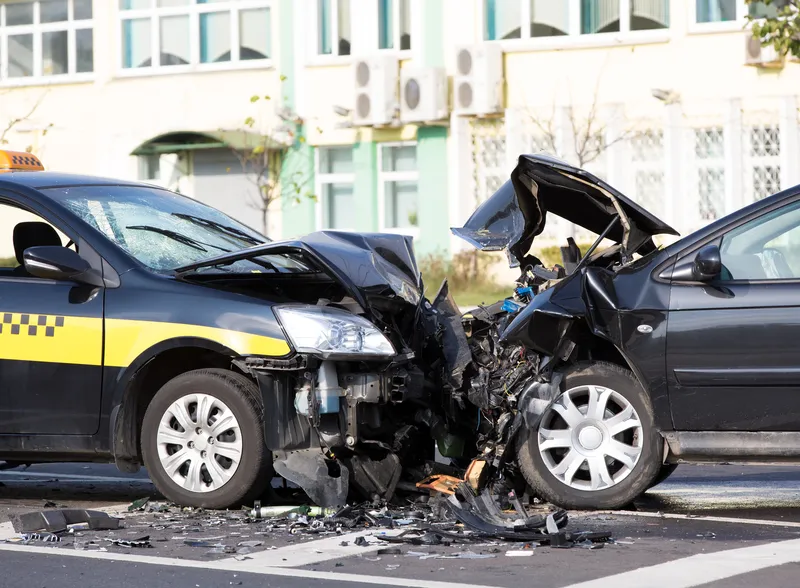
Peru’s Lima Expresa, a Vinci concession, says it has reduced detection of incidents on its highways following the introduction last year of Lanternn by Valerann.
The 25km road carries 180,000 vehicles per day, connecting the centre of Peru's capital Lima with the port and airport.
Speaking on a webinar hosted by IBTTA, Francisco Chenguayen, general manager of Lima Expresa, explained that average incident detection time was 12 minutes, prior to the deployment of Lanternn.
This could be quicker, he said, if the operator was looking at a monitor on the video wall which picked up the event. But in other cases it could be 20-25 minutes – with perhaps the incident only detected because the emergency services, such as the fire brigade, had arrived.
“Now the average is five minutes and there are events which are detected in even less time," confirmed Chenguayen. "This is helping a lot.”
The Lanternn by Valerann solution uses 'data fusion', bringing together information from a variety of sources such as Here and Waze as well as legacy infrastructure such as loops and cameras, to form a single view of traffic flow through the entire network.
Michael Vardi, co-founder of Valerann, said: “Once you go to a data-centric approach which says 'bring me all the data sources, give me all the alerts from all the data sources', suddenly you have a complete view of what’s happening on the roads.”
Before, the control room was receiving around 400-450 alerts per week, but that has now doubled to 900-950 per week. With this increase comes some false positives, but Vardi explained that the company works to provide context for the customer, and narrow them down to the ones which require attention.
“Before Lanternn we didn’t know the exact time of the vehicle breaking down or when the accident took place because we had to move the camera around and identify it," Chenguayen confirmed. "So a driver could have been waiting for our support for 10-15 minutes before it was detected. Now we have the certainty that, as soon as something happens, we get that information.”










